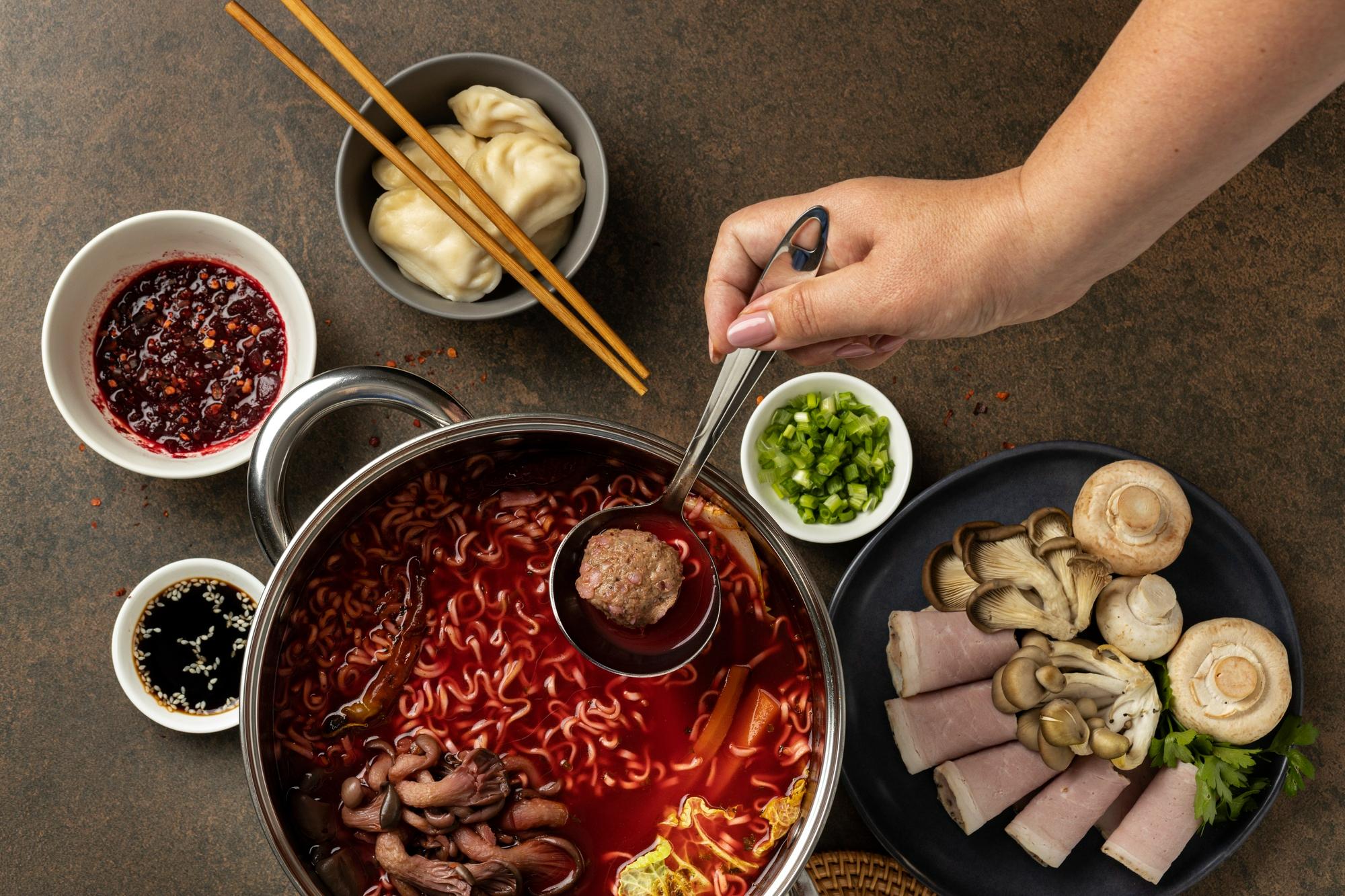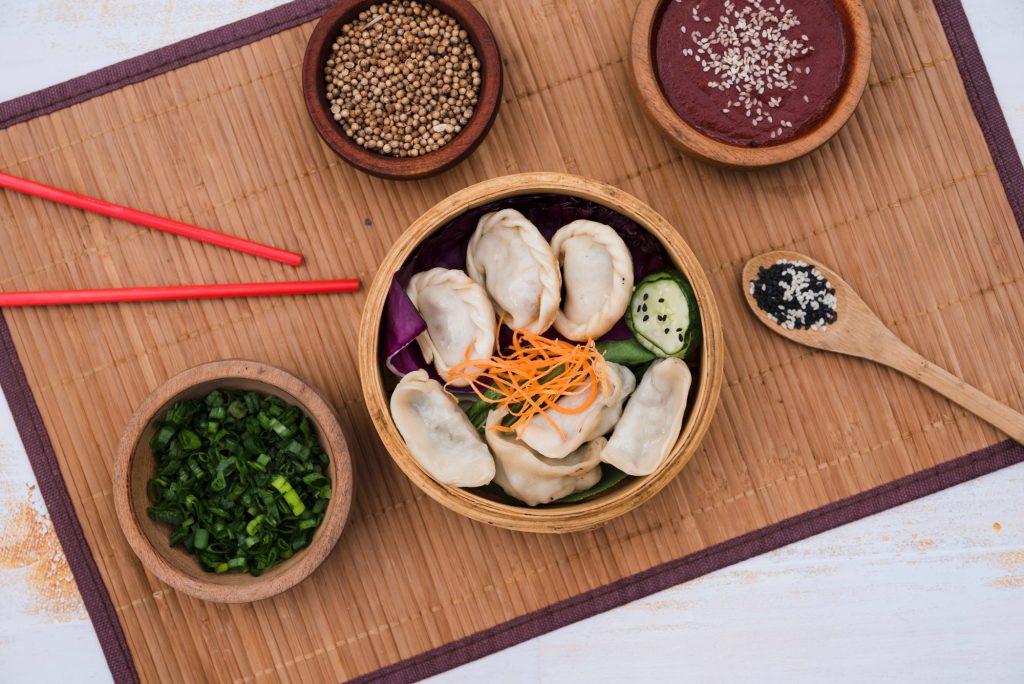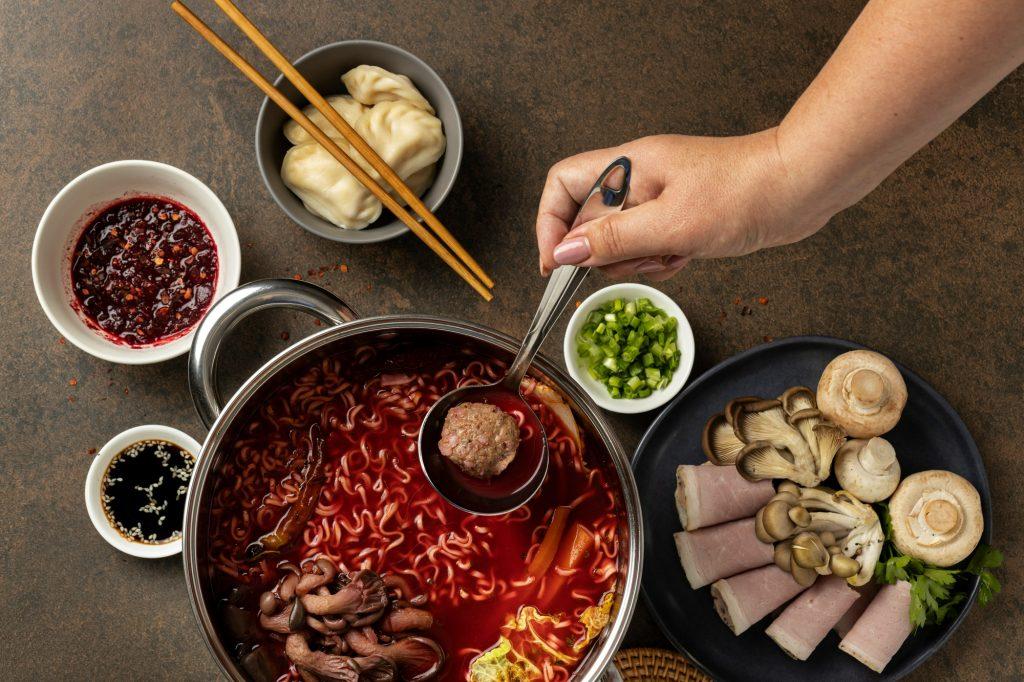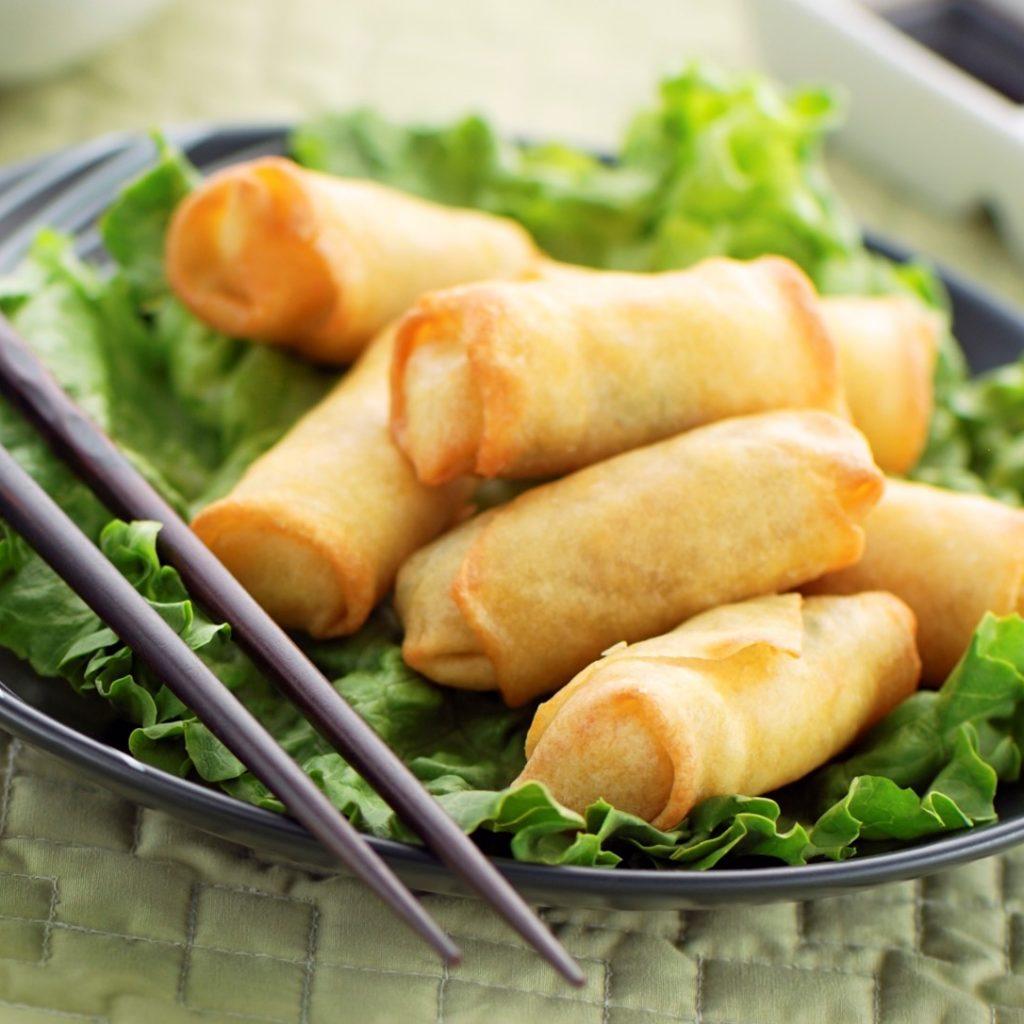
As one of the oldest civilizations in the world, China boasts a diverse and distinctive culinary culture that has reverberated through countless ages. Chinese cuisine has had profound impacts on not just the surrounding countries but also distant lands. Join OrienBites as we explore the vast culinary landscape that forms Chinese cuisine.
The Eight Great Culinary Traditions of China
Due to the vast geographical area of China, along with diverse geographic features, Chinese cuisine is a conglomerate of many different cuisines within China, each with its own distinctive credos and features. Ancient Chinese spoke of four great traditions, but modern Chinese researchers have expanded the definition to include eight traditions that define modern Chinese cuisine. These eight great traditions are:
- Anhui Cuisine: The cuisine of the Huangshan region in the south of Anhui province. It relies on wild herbs as well as simple cooking methods. You would rarely find fried or stir-fried delicacies within this cuisine.
- Guangdong Cuisine: Referring to the culinary tradition of the Guangdong Province, Guangdong Cuisine is arguably one of the most popular cuisines in China. It features modest use of spices and a balanced flavour profile. Stir-frying and steaming are the most prominent cooking methods.
- Fujian Cuisine: Also known as Min Cuisine, Fujian Cuisine places a strong emphasis on light and flavourful dishes, with a particular focus on the umami taste.
- Hunan Cuisine: Hunan cuisine boasts vibrant and strong colours, along with copious use of spices to impart strong and intense flavours. Surprisingly, only 20% of popular Hunan dishes use capsicum to produce hot and spicy flavours. The most popular cooking methods within this cuisine include frying, pot roasting, and stewing.
- Jiangsu Cuisine: Jiangsu cuisine features dishes with a soft and tender texture, but not to the point of mushiness. As there is abundant seafood in the region, seafood plays a particularly central role in the region’s cooking.
- Shandong Cuisine: Though not quite popular in overseas restaurants, Shandong Cuisine is considered to be one of the progenitors of Chinese Cuisine as a whole. The staple feature of this cuisine is the vast range of cooking methods and cooking styles. The texture of Shandong dishes tends to be light and fresh.
- Sichuan Cuisine: Famous for bold and pungent dishes, Sichuan Cuisine is well known even outside of China. The bold and pungent taste generally comes from the Sichuan peppercorn, a specialty herb that comes only from the region. Sichuan Cuisine also notably makes liberal use one beef, something that is frowned upon by many other Chinese.
- Zhejiang Cuisine: Zhejiang Cuisine comprises of four other minor regional cuisines: Hangzhou Style, Ningbo Style, and Shaoxing Style. The taste profile of these dishes is commonly regarded as fresh and soft, with as little grease as possible.
Though the eight great traditions differ a great deal, they still share many common elements that make up the iconic features of Chinese cuisine: The use of chopsticks, the vast range of ingredients, and the focus on harmony between different flavour profiles.
Chinese Cuisine Outside of China
As Chinese people move abroad, they also bring along the taste of their homeland. As time goes by, these dishes are integrated into the local cuisines, having a profound influence on these cuisines. This influence is most prominent in surrounding Asian countries such as Vietnam, Korea, Japan, Malaysia, etc. Even in distant countries with a sizable Chinese population such as the US, Chinese cuisine still flourishes and develops even further.
The Philosophy Behind Chinese Cuisine
One important aspect of the Chinese Cuisine is the philosophy behind it. Since the ancient days, Chinese people have presented foods to their ancestors as a way to venerate them. On certain celebrations or religious holidays, Chinese people would make and eat specialties associated with that holiday. For instance, the mooncake is a symbol of the Mid-Autumn festival, an important holiday in Chinese culture and that of many other Asian countries.
The core principle behind Chinese Cuisine is the Yin-Yang philosophy, which stipulates that everything in the universe is made from two opposing but complementary forces, yin and yang. Thus, Chinese dishes are often made from ingredients with opposing taste profiles or textures to create a balanced experience. Strangely enough, these seemingly opposing elements tend to come together very well, creating a harmonious gastronomic experience.
Yin ingredients represent “cold” properties. Thus, they tend to be bitter or salty, with a cooler tone and more water content. These ingredients also tend to be grown in water. Typical examples of yin ingredients include cucumber, tofu, lotus, and soy sauce.
In contrast, yang ingredients represent the “hot” properties. They tend to be sweet, spicy, or pungent, and these ingredients are grown mostly on soil instead of water. Prime examples for this group are potatoes, papayas, bananas, and similar ingredients.
The Yin-Yang philosophy is not just present in the ingredients. Even the cooking methods and the presentation will have to follow the Yin-Yang principles as well. Cooking methods that involve oil such as frying and stir-frying are considered Yang methods, while boiling and steaming belong to the Yin camp. Chinese cooks would try to combine these cooking methods with contrasting ingredients for the best tastes.
Iconic Chinese Dishes
Chinese Cuisine includes a vast range of different dishes and age-old recipes, but there are some standout dishes that have become icons of the culinary culture as a whole.
Dim Sum
It certainly is quite difficult to find a Chinese restaurant that does not offer dim sum! Originating from the city of Guangzhou, dim sum refers to a group of small Chinese dishes that are traditionally served during brunches or lunches. There are more than 2,000 different dim sum dishes, with some regional variants as well, making dim sum a great way to enjoy the vastness of Chinese cuisine. The OrienBites version of classic dim sum features a variety of all-time favourites such as the hakaos, shumaii, and delectable gyozas.
Gua Bao
Originating from Fujian Province in China, gua bao is a delicious snack commonly found in night markets around China as well as Taiwan. The typical gua bao includes steamed bread called lotus leaf bread and fillings sandwiched inside it. Different chefs would have their own version of the fillings, but they typically use red-cooked pork belly, stir-fried pickled mustard greens, coriander, and peanuts.
Spring Rolls
The herald of spring and rejuvenation, spring rolls are delicious snacks enjoyed by pretty much all populations of China. True to their namesake, spring rolls are generally consumed during early spring, when vegetables spring back to life after a cold winter. For this reason, the fillings of most traditional spring rolls would include spring vegetables such as bean sprouts or chives. That said, modern spring rolls feature a much more diverse range of fillings, both vegan and non-vegan. Unlike Vietnamese spring rolls, Chinese spring rolls are typically wrapped in a pastry skin.
Conclusion
Chinese cuisine offers some of the most flavourful and delicious dishes in Asia, and there are simply so many flavour profiles to explore. To bring these delightful snacks and dishes to our customers, OrienBites offers an expansive collection of frozen Chinese snacks, each can be prepared within just a few minutes. For more information about the snacks, don’t hesitate to reach out to us.




